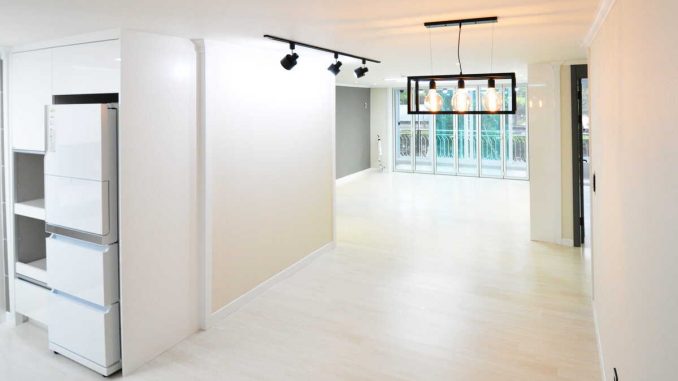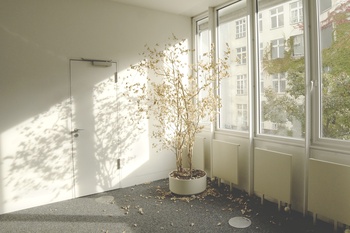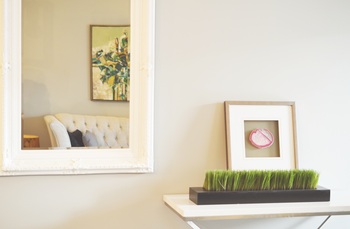
Cracks in plasterboard walls are a common occurrence in homes and buildings, often caused by settling, temperature changes, or structural movement. While they may seem like a minor inconvenience, leaving cracks unattended can lead to further damage and compromise the integrity of the wall. Repairing cracks in plasterboard walls is a straightforward process that can be tackled by homeowners and DIY enthusiasts with the right tools and techniques. In this comprehensive guide, we’ll walk you through the step-by-step process of repairing cracks in plasterboard walls, ensuring a smooth and durable finish that restores the aesthetics and structural soundness of your walls.
Assessing the Severity of the Cracks
 Hairline Cracks
Hairline Cracks
Hairline cracks are thin, superficial cracks that are less than 1/16 inch wide and typically occur due to minor settling or temperature changes. They can be easily repaired with minimal effort.
Wide Cracks
Wide cracks are deeper and more significant, exceeding 1/8 inch in width. They may require more comprehensive repair techniques to ensure proper stability.
Tools and Materials Required
Utility Knife
A utility knife is essential for cleaning and preparing the crack for repair.
Joint Compound
A joint compound is used to fill and cover the crack during the repair process.
Joint Tape
Joint tape reinforces the repair and prevents the crack from reappearing.
Sandpaper
Sandpaper is used to smooth out the joint compound after it dries.
Paint and Primer
Matching paint and primer will be needed to finish the repair and blend it with the surrounding wall.
Repairing Hairline Cracks
Clean the Crack
Use a utility knife to clean out any loose debris or loose plaster from the crack.
Apply Joint Compound
Fill the crack with the joint compound using a putty knife, ensuring the compound is evenly distributed along the crack.
Embed Joint Tape
Press joint tape firmly into the wet joint compound, running it along the length of the crack.
Feather the Edges
Using the putty knife, feather the edges of the joint compound to blend it with the surrounding wall surface.
Allow to Dry
Let the joint compound dry completely before sanding the area gently to achieve a smooth finish.
Paint and Prime
Apply matching paint and primer to the repaired area, ensuring it blends seamlessly with the rest of the wall.
Repairing Wide Cracks
Prepare the Crack
Enlarge the crack slightly using a utility knife, creating a V-shaped groove that allows the joint compound to adhere better.
Clean the Crack
Remove any loose plaster or debris from the crack using the utility knife.
Wet the Area
Dampen the area around the crack with water to improve the joint compound’s adhesion.
Apply Joint Compound
Fill the crack with the joint compound using a putty knife, making sure the compound fills the V-shaped groove and extends beyond the crack.
Embed Joint Tape
Press joint tape firmly into the wet joint compound, ensuring it covers the entire length of the crack.
Apply the Second Layer of Joint Compound
Apply a second layer of joint compound over the joint tape, feathering the edges to blend with the surrounding wall.
Allow to Dry
Allow the joint compound to dry thoroughly before sanding the area to achieve a smooth finish.
Paint and Prime
Finish the repair by painting the area with matching paint and primer to achieve a seamless appearance.
Preventive Measures
Address Underlying Issues
Identify and address any underlying structural issues that may be causing recurring cracks.
Avoid Extreme Temperature Changes
Maintain consistent temperatures in your home to minimize stress on the plasterboard walls.
Use Quality Plasterboard Sheets
When constructing or renovating, use high-quality plasterboard sheets that are less susceptible to cracks.
Understanding Plasterboard Sheet Sizes
Plasterboard sheets are available in various sizes, including 4 feet by 8 feet, 4 feet by 12 feet, and 4 feet by 16 feet, among others. Choosing the appropriate sheet size depends on the dimensions of the wall or ceiling being covered.
Conclusion
Repairing cracks in plasterboard walls is a relatively simple DIY task that can be accomplished with the right tools and materials. By addressing cracks promptly and effectively, you can maintain the structural integrity of your walls and restore their appearance. Hairline cracks can be easily filled and patched, while wider cracks may require additional steps to ensure a durable repair. To prevent future cracks, take preventive measures, such as addressing underlying issues and using quality plasterboard sheets during construction or renovations. With the knowledge and techniques provided in this guide, you can confidently tackle plasterboard wall cracks, maintaining the beauty and functionality of your living spaces for years to come.

Leave a Reply